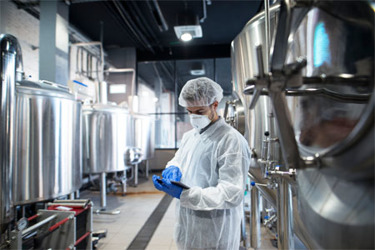Advancing Cell And Gene Therapies Through Closed Aseptic Processes

The U.S. Food and Drug Administration (FDA) has approved 25 cell and gene therapies (C & GTs) since 2017 and predicts that, by 2025, it will license as many as 20 new treatments per year. This prediction may be an underestimate, as C & GTs become "industrialized" through the application of allogeneic cells and platform processes and through the expansion of treatable disease states.
With more than 800 cell or gene therapies at the Investigational New Drug (IND) development stage, pipelines are now at full capacity. However, sponsors still rely on outdated production methodology borrowed from therapeutic protein processes. To support this rapid growth, best-in-class contract development and manufacturing organizations (CDMOs) are investing in development and manufacturing technologies to meet the needs of rapidly-emerging development programs.
The industrialization of cell and gene therapies will require a deep appreciation of the biological roles of key components, including advanced viral vector production technologies and adoption of allogeneic cell therapies to achieve scalability.
Get unlimited access to:
Enter your credentials below to log in. Not yet a member of Cell & Gene? Subscribe today.
